A Solitary Walker: Nurtured by the wild places
| Published: 01-24-2025 5:54 PM |
Jan. 20, 2025: My sleepy eyes open slowly to look out the frosty window. The view is toward Kibling Hill at 1,950 feet of elevation, and the first thing I see every morning.
Has an alpenglow painted the hills pink and have the snow gods dusted the ground with white? If the hills are pink, I am pleased, for that means there is sun, and if there is powder, I am joyful, for that means we will go for a ski. Across the fields and up into the woods near our meandering Ompompanoosuc River, the two little brown dogs and I head out. They are wearing orange so I can find them when they try to sneak off after compost piles or rodent burrows behind the village. As I’m pushing up hills and trying to make pretty turns coming down, the LBDs, who know our routine, wait for me at the bottom of each hill. Humans are strange, they must think, going up and coming down like that.
Being outside, near the wild places, nurtures me. I sometimes close my eyes to just listen as the river sings her warbling song. Large flocks of birds, robins or doves, starlings or waxwings, fly through the treetops singing their own family songs. I look down at the meandering river and wonder at the curling slides of otters who have spent the night playing on the riverbank and wish I could have been there. Fox prints follow the edge of water and ice, the unsafe place where food is found, their canine prints smaller and more direct than those of my two wanderers. I am jolted by the shotgun blasts of ice breaking up on the river; it sounds like a giant tree has fallen on a distant hillside. I stand in awe at the 100 shades of blues and grays in the sky above.
One morning, a hawk with a broad, striped tail soared overhead, not far above us, slowly, around the field where I skied, and the dogs dug in the snow. A crow soared and flapped too, approaching then avoiding the hawk. They performed this dance of near and far, round and round each other, circling my space for what seemed a long time. My knowledge of crows attacking hawks in response to them killing songbirds got in the way of my watching. I would have preferred to see this as just a dance between two birds that love to soar and that know what beauty is.
Sometimes, I feel like knowing things and naming them keeps me from truly seeing. Years ago, when I taught public school art, I encouraged the little ones not to name the things they were drawing, but to call them by shapes and colors to prevent their brains from pulling up symbols like lollipop trees or smiley faces.
I once learned how to build models to see where species’ habitats might be found. Entering a priori data — knowledge that is known without having experienced it — into a model builder program, I produced maps showing where you might find bobcats or wetlands or butternut trees. The model was only as good as the data, however, and that information was biased, because I had not actually walked all of those lands and looked for bobcat sign or wetland plants or struggling butternut trees.
In the summer, when I am not skiing, but rather hiking these same fields and forests looking for mosses, ferns, and flowers, for those are the plants that hold my heart, I look closely at the leaves and reproductive structures, trying to identify them to genus and species. I enjoy this game of trying to put them in the box where they belong. But it seems that once that plant has been named, I look away, and on to the next. Perhaps naming things lives in a different part of the brain than seeing things. From seeing the tiny spider hiding in a vein or leaf mining larvae creating spirals, the unexpected is hiding there if I just look closely.
I’ve been asked what I will do now with the new philosophy that will run our government. Will I tune in to the daily performances? Will I scream at the moon? Will I pull my hair? No, for I will be busy, I reply, being outside, somewhere near the wild places, quietly listening to a river, looking at a leaf, or following the meanders of otters in the snow.
Article continues after...
Yesterday's Most Read Articles
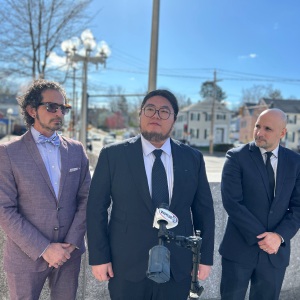 ‘A bit Kafkaesque’: Federal judge spars with government lawyer over status of Dartmouth international student
‘A bit Kafkaesque’: Federal judge spars with government lawyer over status of Dartmouth international student
 Woodstock demotes police chief to patrol officer
Woodstock demotes police chief to patrol officer
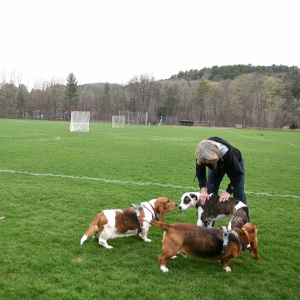 Proposed dog ordinance sparks controversy in Norwich
Proposed dog ordinance sparks controversy in Norwich
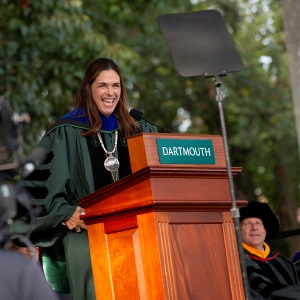 Hundreds of alumni sign letter urging Beilock, Dartmouth to make a stand for academic freedom
Hundreds of alumni sign letter urging Beilock, Dartmouth to make a stand for academic freedom
 Kenyon: A year later, effects of mass arrests at Dartmouth linger
Kenyon: A year later, effects of mass arrests at Dartmouth linger
Micki Colbeck is a naturalist and writer and Chair of the Strafford Conservation Commission. Write to her at mjcolbeck@gmail.com.









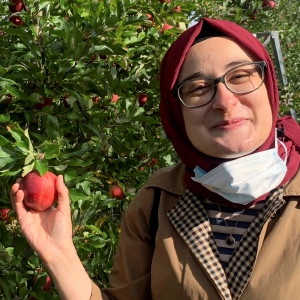 Editorial: Vermont judge defends free speech
Editorial: Vermont judge defends free speech 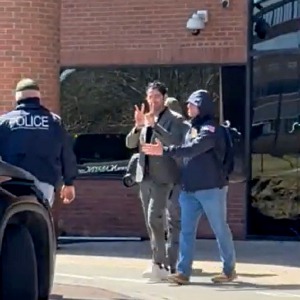 Editorial: Free speech detentions reach into Upper Valley
Editorial: Free speech detentions reach into Upper Valley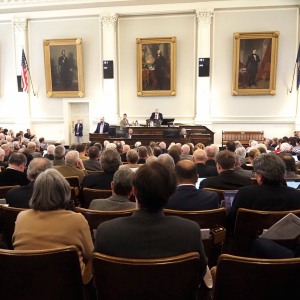 Editorial: New Hampshire budget shortfall is a crisis of Republican design
Editorial: New Hampshire budget shortfall is a crisis of Republican design Editorial: Time is running out for American democracy
Editorial: Time is running out for American democracy
